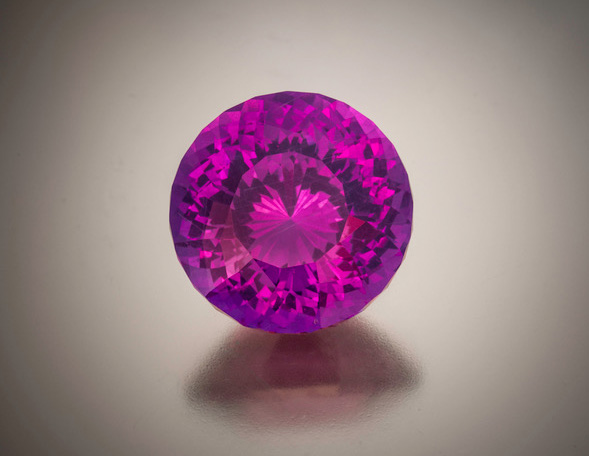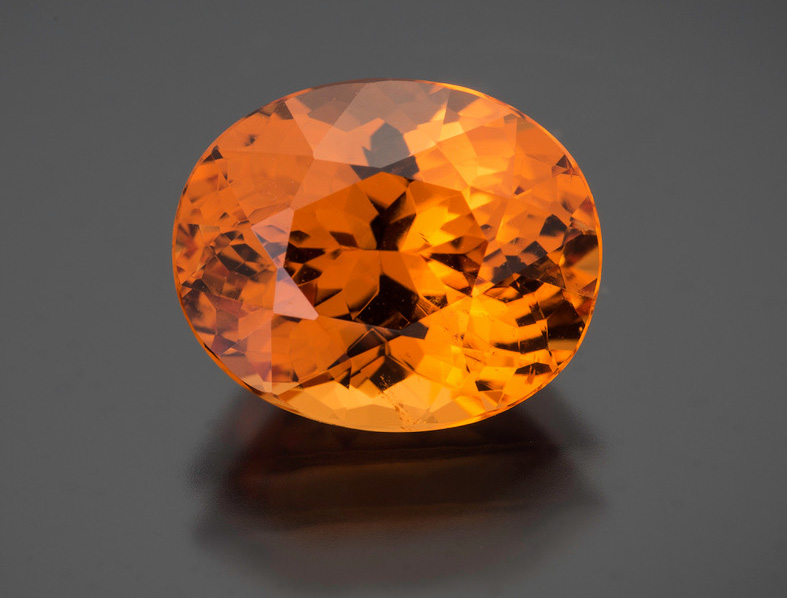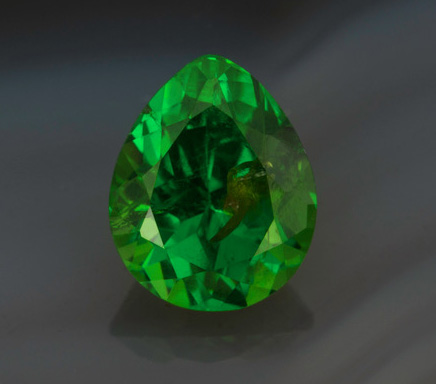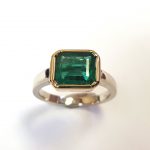 Don’t like garnets? You need to know them better.
Don’t like garnets? You need to know them better.
Like Tia Garner, in Trust Not the Heart, many women complain they don’t like garnets, the birthstone for January. What they usually dislike, however, is the dark, brownish-red garnet so common in jewelry, especially old jewelry.
And that’s understandable, because it wasn’t until the 1970s, really, that other kinds of garnets began making their mark in the jewelry industry, starting with the reddish-purple rhodolite that Cassie Franklin is designing a ring for as Trust Not the Heart opens. (An exception is demantoid garnet which may be found in antique jewelry. Yellow-green demantoids have almost always been small and rare.)
Wear garnets and never be blue.
Garnets belong to a large group of stones that all have the same crystal structure and similar, but different, chemical compositions. There are seven generally recognized species of garnet: almandite, demantoid, grossularite, hessonite, pyrope, rhodolite, spessartite. (There will not be a test.) But as Cassie explains to Tia, what makes garnets special for women born in January is that they come in all the colors of the rainbow except blue. “I like to think it means that you can’t be unhappy if you’re wearing garnets,” Cassie tells her young friend.
There’s the rich green of Cassie’s favorite, tsavorite, named for the Tsavo Valley in Tanzania which is still the only source of the stone. (Full disclosure: It’s my favorite, too.) There are blood-red garnets, pink to purple garnets, yellows and oranges. There are even star garnets and garnets that change color depending on the light they’re in. There is almost no gem family with more variety.
Garnets are tough as nails.
In fact, I can’t think of anything to dislike about garnets. They are hard (resistant to scratching), tough (resistant to breakage). In fact, the particles in old-fashioned “emery boards” used for filing nails, is garnet. But most of all, garnets are beautiful. They take a high polish and come in any kind of cut you can imagine. To my knowledge, garnets are not treated in any way. That can’t be said for most gemstones on the market today.
If that’s not enough, garnets—especially red garnets—have a rich history. They were the most popular gemstone in Hellenistic jewelry, created in the centuries before the birth of Christ. Sympathetic magic connected the red color, of course, to blood and the female cycle and, as a result, to fertility. A good stone to have on your side if you wanted children or a safe delivery.
A diamond prospector’s friend.
One of my favorite stories is about garnets and ants.
Garnets are often found in association with diamonds. In fact, sometimes, tiny garnets are actually trapped inside diamonds. Because the two gemstones are often found together, garnets are considered an “indicator mineral”—one that geologists look for when searching for new diamond-bearing areas.
Tiny grains of garnets are often brought to the earth’s surface by industrious ants. When geologists find bunches of garnets around ant hills, it’s a small indication that diamonds may not be far away.




